Mozambique: Post election riot-hit Portuguese firms have recovered - ambassador
Inhambane looks to attract investors
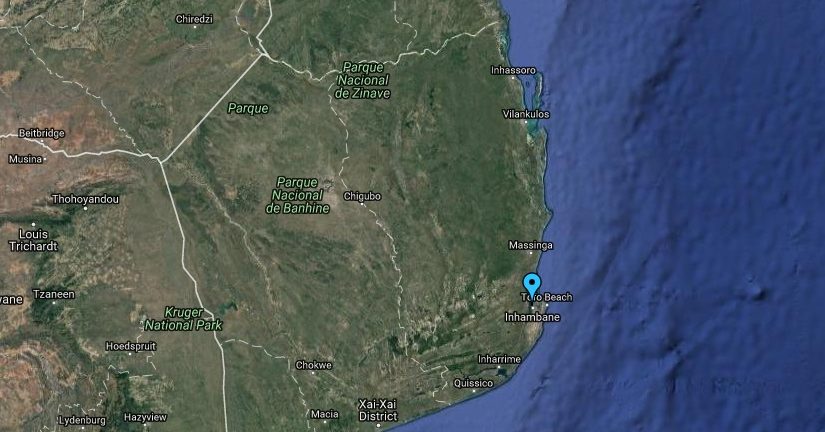
Inhambane province hosts an investor conference on Thursday and Friday aimed at seeking better strategies to exploit existing economic potential and relaunch socio-economic progress in the region.
Topics such as the opportunities and potential of the province, agro-processing as an engine of local development and the challenges of the tourism sector are among the topics listed for discussion. The event is expected to draw operation partners, civil society, friends, residents and non-residents alike.
The conference, the second the province has held, takes place at a time when poverty is on the decline, thanks to a joint work by stakeholders. Last week’s session of the Development Observatory indicated that poverty had fallen six percent from 54.6 percent in 2009 to 48.6 percent in 2014.
The province offers business opportunities in the areas of agribusiness, renewable energy, transportation and communications, public works and housing, as well as tourism, which is one of the main areas to leverage the local economy.
Research at the local level indicates that the 15,436.4 hectares under rice, along with cashew production and investment in cassava processing, wood, cow’s milk and meat products, fruits, piripiri and other locally produced crops, can stimulate agro-industry and make agriculture a profitable business activity.
The provincial government hopes to alert the partners and business people to opportunities to finance construction of a road between Mapinha and Pafúri road. At 517 kilometres, the N222 is considered a future development corridor in the south but needs 705,570,000 meticais in investment. It will establish a link between neighbouring South Africa and could boost tourism by tempting tourists from South Africa to visit Bazaruto, Inhassoro and Vilankulo.
Still on the facilitation of the free movement of people and goods, the initiative aims to build a bridge over Inhambane bay linking the cities of Maxixe and the provincial capital, a project costed at more than 125 million meticais.
A maritime connection between the mainland, Vilankulo and Inhassoro and the Bazaruto archipelago is another project in the pipeline, this time necessitating a vessel fit for the purpose. It is estimated that more than 500,000 people make the 24-mile crossing annually.
Inhambane is also seeking partners to tar the Massinga-Funhalouro and Homoíne-Inharrime roads, right through to the Panda district headquarters. The latter is a continuation of the Maxixe- Homoíne section development, ensuring that district headquarters is connected both to the EN1 and its managed areas by tarred roads.



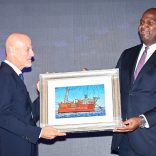

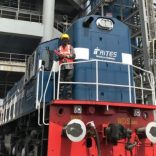
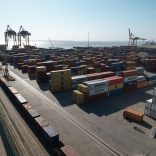
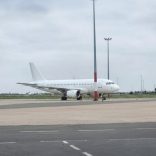
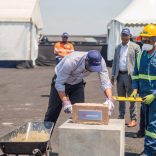

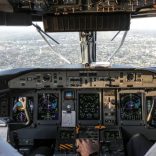

Leave a Reply
Be the First to Comment!
You must be logged in to post a comment.
You must be logged in to post a comment.